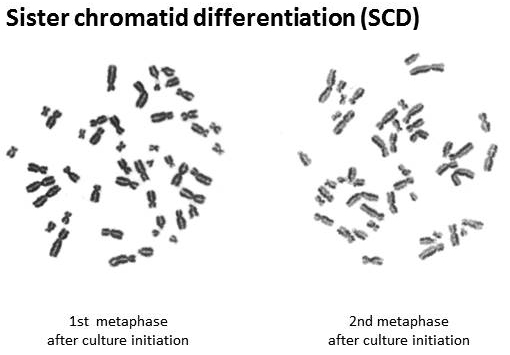

The Il2rg tm1Wjl targeted mutation b is a complete null mutation in the gene encoding the interleukin 2 receptor gamma chain (IL2Rγ, homologous to IL2RG in humans).Due to the Prkdc scid mutation, however, the NSG strain shows high sensitivity to radiation, T-cell leakage, and increased incidence of thymic lymphoma formation as such, this strain cannot be used to predict clinical response to certain anticancer drugs, or for long-term transplantation studies. The phenotypic penetrance of Prkdc scid varies among inbred strain backgrounds, but the mutation is most effective at eliminating adaptive immunity on the NOD genetic background. Mice homozygous for the mutation have severely reduced numbers of mature T and B cells. Prkdc scid is a loss-of-function mutation in the mouse homologue of the human PRKDC gene, which encodes a protein that resolves DNA strand breaks that occur during V(D)J recombination in developing T and B lymphocytes. The Prkdc scid mutation a, commonly known as “scid” or “severe combined immunodeficiency”, essentially eliminates adaptive immunity.The NOD/ShiLtJ background also contributes an allele of the Sirpa gene that renders the bone marrow niche very permissive to colonization by human hematopoietic stem cells. The genetic background, derived from inbred NOD mouse strain NOD/ShiLtJ, contributes reductions in innate immunity that include an absent hemolytic complement system, reduced dendritic cell function, and defective macrophage activity.Leonard Shultz at Jackson Laboratory, which owns the NSG trade mark. NSG branded mice were developed in the laboratory of Dr. The compound immunodeficiencies in NSG branded mice permit the engraftment of a wide range of primary human cells, and enable sophisticated modeling of many areas of human biology and disease. NSG branded mice are also deficient in multiple cytokine signaling pathways, and they have many defects in innate immunity. NSG branded mice lack mature T cells, B cells, and natural killer (NK) cells. NSG branded mice are among the most immunodeficient described to date. Characterization of Hu-PBMC mice provides a strong preclinical platform for the application of novel immunotherapies targeting T(EM)-cell driven GvHD.The NSG mouse (NOD scid gamma mouse) is a brand of immunodeficient laboratory mice, developed and marketed by Jackson Laboratory, which carries the strain NOD.Cg- Prkdc scid Il2rg tm1Wjl/SzJ. Engrafted human cells in NSG mice shows a prevalence of tissue homing cells with a T-effector memory (T(EM)) phenotype and high levels of cutaneous lymphocyte antigen (CLA) expression. Despite this, the presence of T-cell subsets and tissue homing markers has only recently been characterised in the peripheral blood of patients and has never been properly defined in Hu-PBMC models of GvHD. The pathogenesis of human GvHD involves anti-host effector cell reactivity and cutaneous tissue infiltration. Kinetics of engraftment differed between the two strains, in particular a significantly faster expansion of the human CD45(+) compartment and higher engraftment levels of CD3(+) T-cells were observed in NSG mice, which may explain the faster rate of GvHD development in this model. We compared engrafted human lymphocyte populations in the peripheral blood, spleens, lymph nodes and bone marrow of these mice. Despite their widespread use, a comprehensive characterisation of engraftment and GvHD development in the Hu-PBMC NSG and BRG models has never been performed in parallel. The recent introduction of targeted deletions at the interleukin-2 common gamma chain (IL-2Rγ(null)), notably the NOD-scid IL-2Rγ(null) (NSG) and BALB/c-Rag2(null) IL-2Rγ(null) (BRG) mice, has led to improved human cell engraftment. Humanized mouse models of xenogeneic-GvHD based upon immunodeficient strains injected with human peripheral blood mononuclear cells (PBMC "Hu-PBMC mice") are important tools to study human immune function in vivo. The occurrence of Graft-versus-Host Disease (GvHD) is a prevalent and potentially lethal complication that develops following hematopoietic stem cell transplantation.


 0 kommentar(er)
0 kommentar(er)
